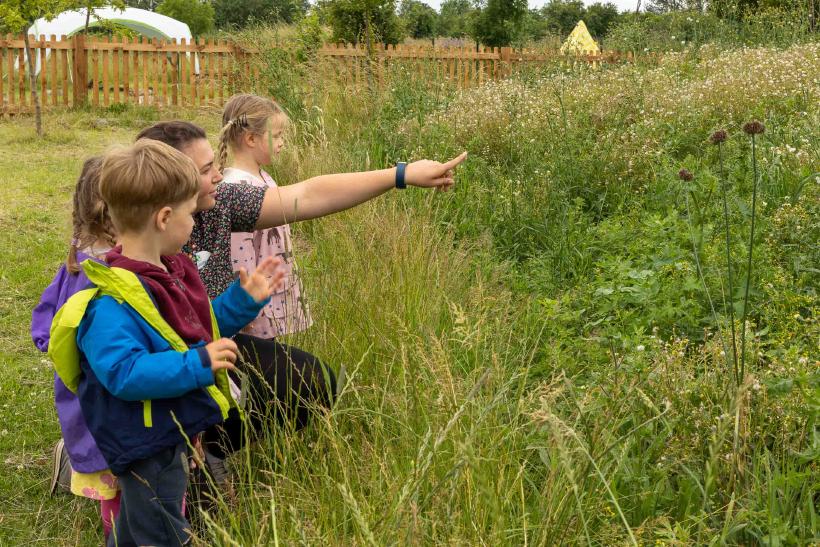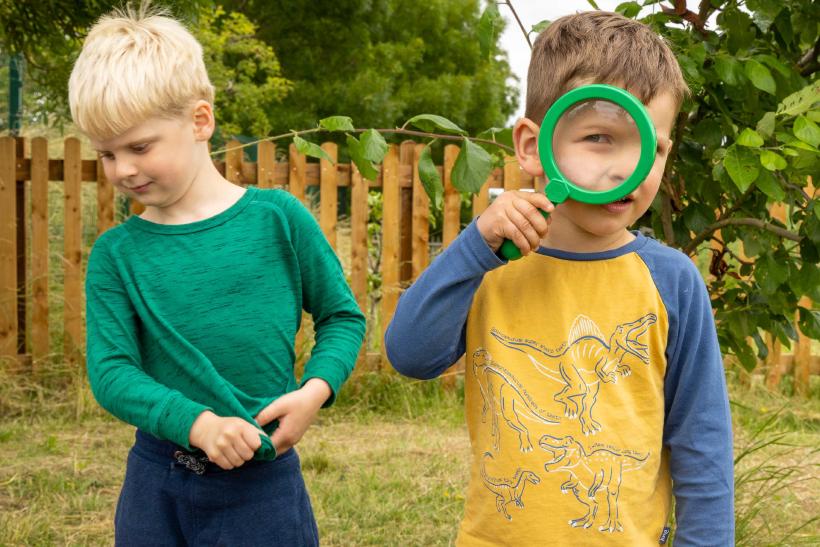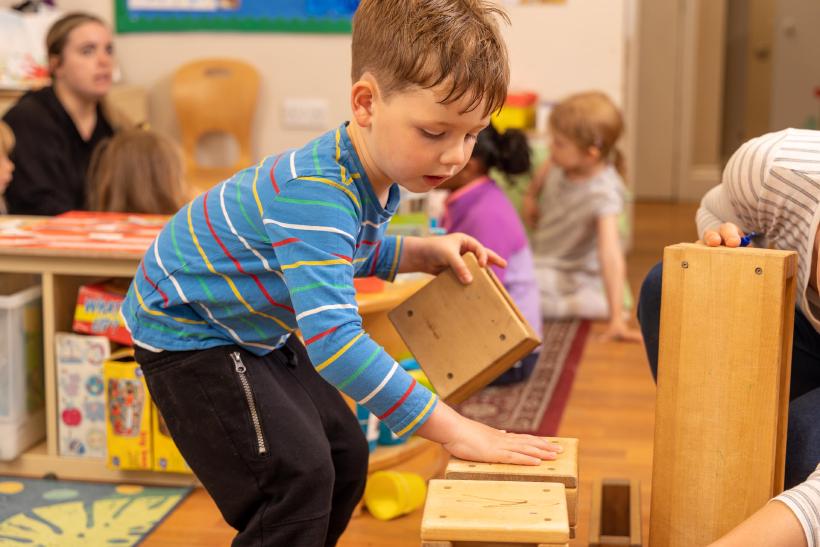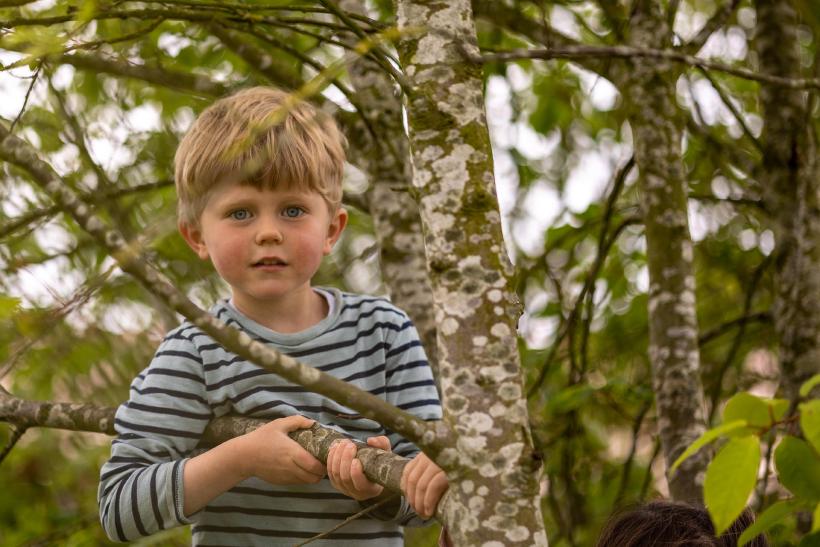Have you ever bought your child a toy and they have spent more time playing with the box than what was inside it? Have you ever collected stones and used them as jewels, coins or treasure? If you have, then you’ve already experienced loose parts.
Loose parts play is essentially using open ended objects to enhance natural curiosity and imagination in play.
The theorist and the theory
The term ‘loose parts’ first came into use after the publication of an article entitled ‘The Theory of Loose Parts: How NOT to Cheat Children’ written in 1971 by an architect named Simon Nicholson.
Nicholson was involved in playground and school design during the 1970’s. He was interested in how children interact with their environment and the resources around them.
Nicholson stated that there is no evidence to suggest that some of us are born creative and inventive and some of us are not. He recognised that children have a desire to create, shift items around, and build things. The idea behind the theory is that loose parts can be moved around to create more opportunities for both creativity and engagement than static materials. Nicholson descried these items as being ‘variables’.
Typically, toys often come with a predetermined outcome, such as ‘pressing a button to make something pop up’. Once the skill has been grasped, that’s it, there is only ever one outcome. Loose parts are essentially the opposite of this, and the play is built upon the individual child’s imagination. If 10 children were given a basket of stones, sticks, and leaves, each child will use them in completely different ways and for different purposes. The items are variable, and the outcomes are dependent on what that child wants them to be.
What are loose parts?
Loose parts are real, open-ended items and often objects from the natural world around us. They can be used on their own, with multiples of the same items or with a selection of different items. The number of opportunities is limitless.
These items are great as they are often free or come at a very low cost, meaning that they can be accessed by everyone. Some may only last for a short time, such as water, whereas others are objects which can be used repeatedly over a long period of time.
There are so many opportunities to find loose parts in our everyday lives, they can be found not only in the home but also in local green spaces or in your garden at home.

Items from the environment include:
Leaves, Sticks, Stones, Light, Sand, Water, Mud, Flowers, Petals, Fruits etc.
Recyclable items include:
Boxes, Keys, Wooden Spoons, Pegs, Nuts and Bolts, Tubes, Pots, Lids, lollypop sticks etc.
Loose parts don’t have to be small:
You could use pots for stacking or planks of wood to create roads or bridges etc. At both of our nursery settings we have large loose parts within the garden areas where the children will have ongoing projects that they can extend and adapt over time.
Benefits of playing with loose parts:
They can be accessed by all – Due to the low cost and the fact that many loose parts are items that you might already be recycling, or they can be collected from the natural environment around you.
They can be played with independently or as part of a group- Due to how open-ended loose parts play can be it means the items can be played with by children both on their own, with their peers or with an adult.
There is no right or wrong way to play with these items, they promote confidence and exploration for children. Sometimes children can become frustrated with not being able to do things ‘correctly’ but with loose parts there really is no right or wrong way, this removes the element of pressure and allows children to use their imagination and explore different methods of play.
They promote maths solving problems, such as ‘how many objects can I fit into this box?’, ‘what happens if I rotate this piece?’ and they also give an opportunity to create shapes, patterns and symmetry etc.
Children will become absorbed in their own play, becoming fully engrossed in what they have set out to achieve, this will be intrinsically motivated in what they are trying to achieve rather than seeking an external reward.
How to introduce loose parts
Introducing loose parts can feel a little overwhelming- Knowing what to start with and what to introduce when. Start small, you could put together a basket of items which can be packed away, you can revisit them time and time again, as confidence grows then you might want to have them more freely accessible. You could also add in more items based around things your child has shown an interest in or things that link to your own interests, job roles or hobbies. When using loose parts sit down alongside your child and model how they could be played with. Over time children will then be able to do this independently.
We would love to see your loose part creations, please do share them with us!
















